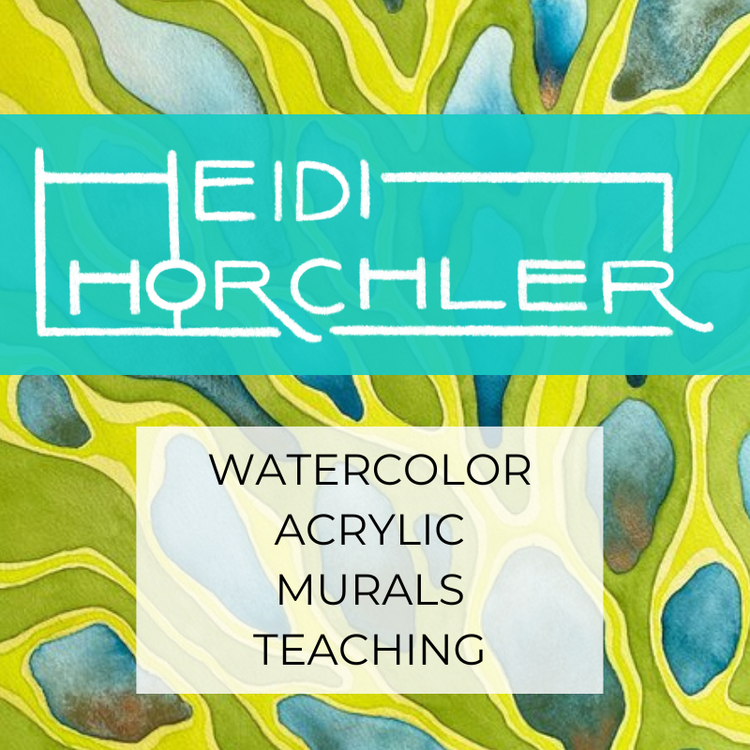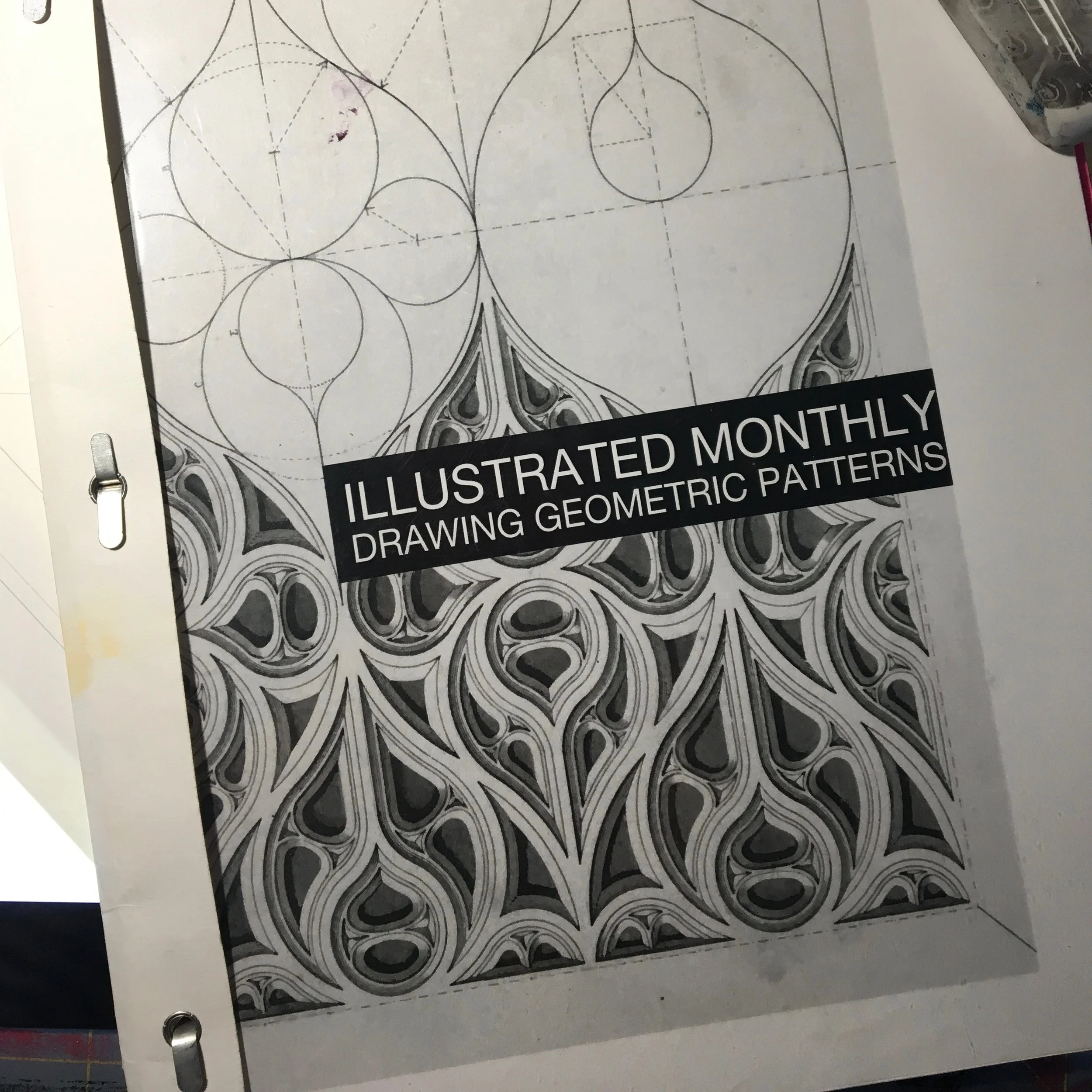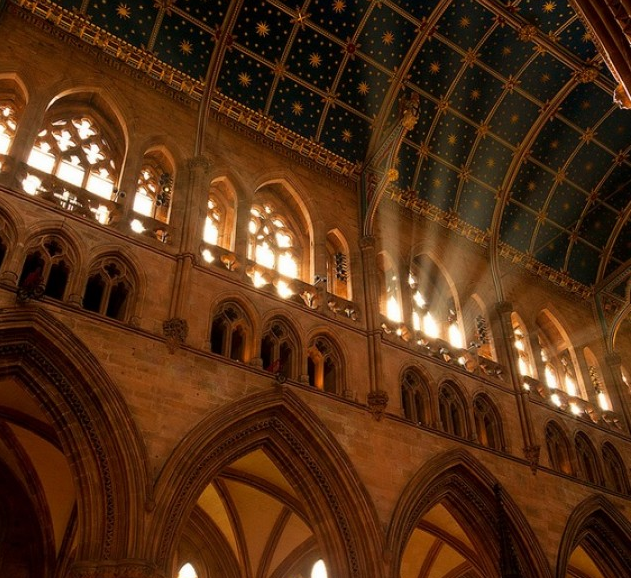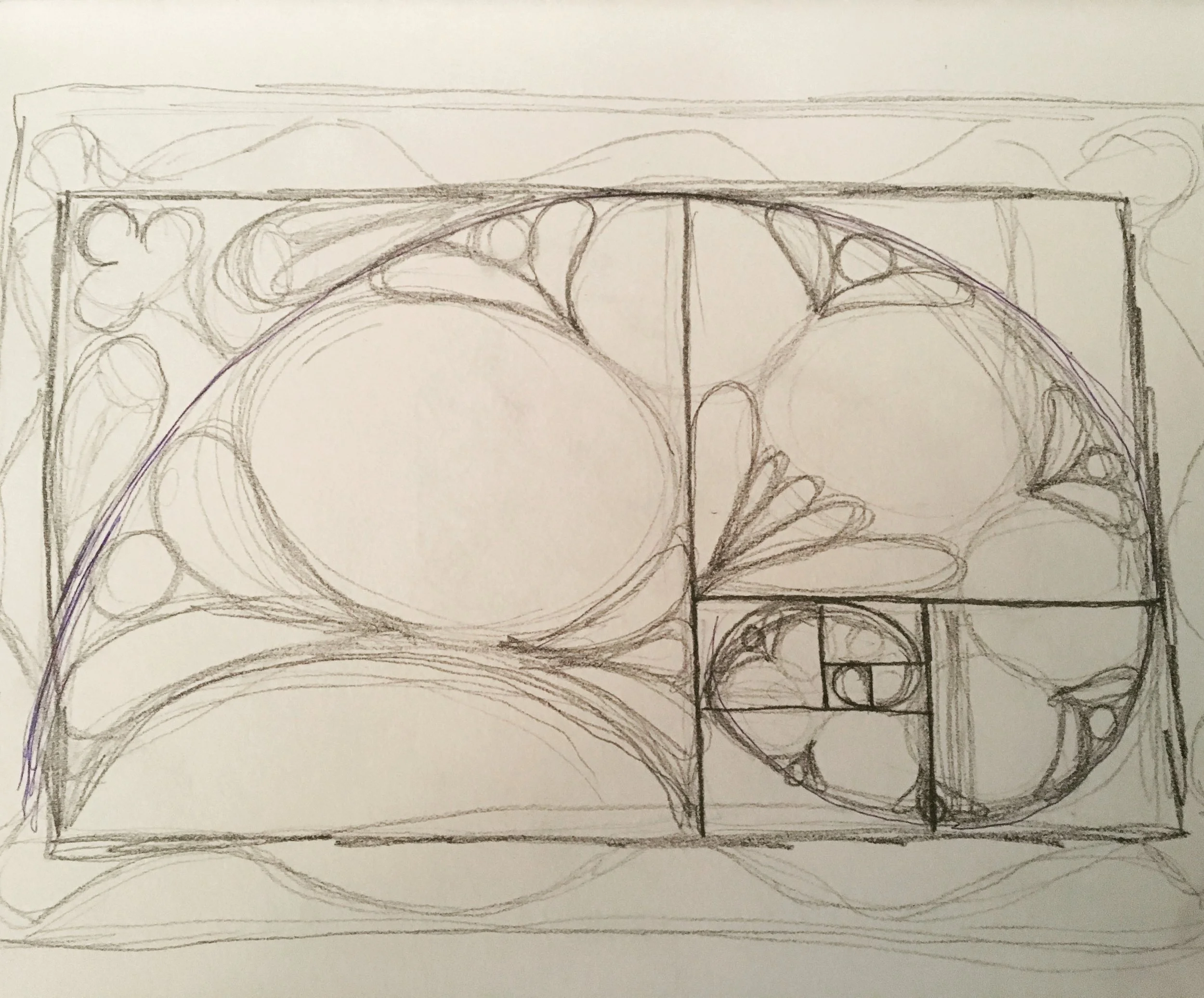Reference #1: This is a Smith Chart. It's used to measure Ohms, which are some type of electronic wavelength. If any electricians ever read this, be sure to pipe up down in the comments and tell us about Ohms. Find it and other types of graph paper here: http://www.printfreegraphpaper.com/
I used it as a framework for a coloring book page.
The N and P notes are my attempt at keeping track of positive and negative spaces.
In the process of inking. See a video here: @heidhorch Still a work in progress.
Tools: Faber Castell PITT pen in Fine; Strathmore smooth Bristol board paper
Reference #2: This is an ebook I ordered from @illustratedmonthly
It's a reproduction of an 1842 book of a study of the Geometric Tracery of Carlisle Cathedral in northern England near the Lake Country. The Medieval cathedral was built in 1122 and still offers daily services.
It's a Bucket List place for sure. If you're in love with Medieval architecture, and you like historical fiction, I highly recommend Pillars of the Earth, by Ken Follett. SUCH a good book.
I put a little art nouveau spin on some of the designs and made this drawing for the coloring book.
Reference #3: Fibonacci Spirals. I've been having a bit of a nerd love affair with Fibonacci Spirals ever since I did an "Art in Math" presentation for my college math class.I used it as a basis for a STEAM lesson unit for my art students, and have played around with several iterations of it since then.
This was my watercolor final, entitled "Right Brain Left Brain
And then I thought: octopus tentacle. Because why not?
After I made so many edits it ate the paper, I started all over. Ugh.
This one is still a work in progress as well.
For regular updates, check my Instagram page.
And thanks for stopping by.
xo heidi
















